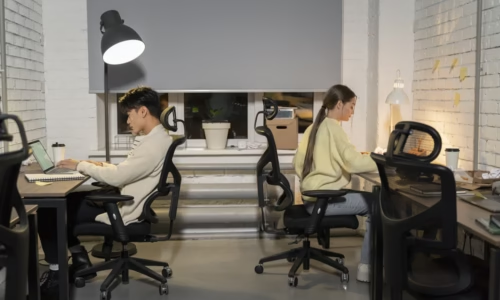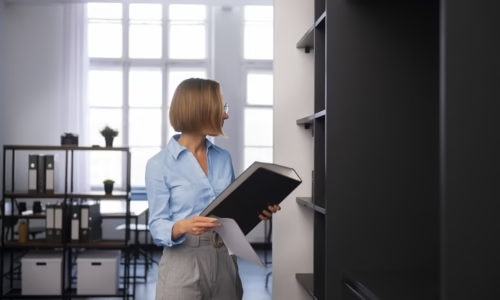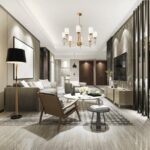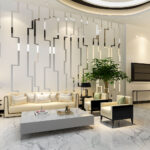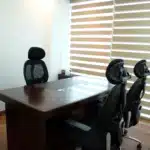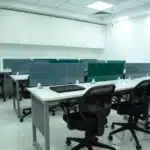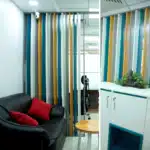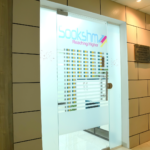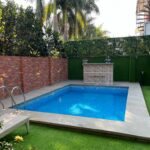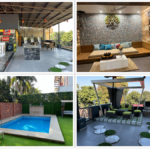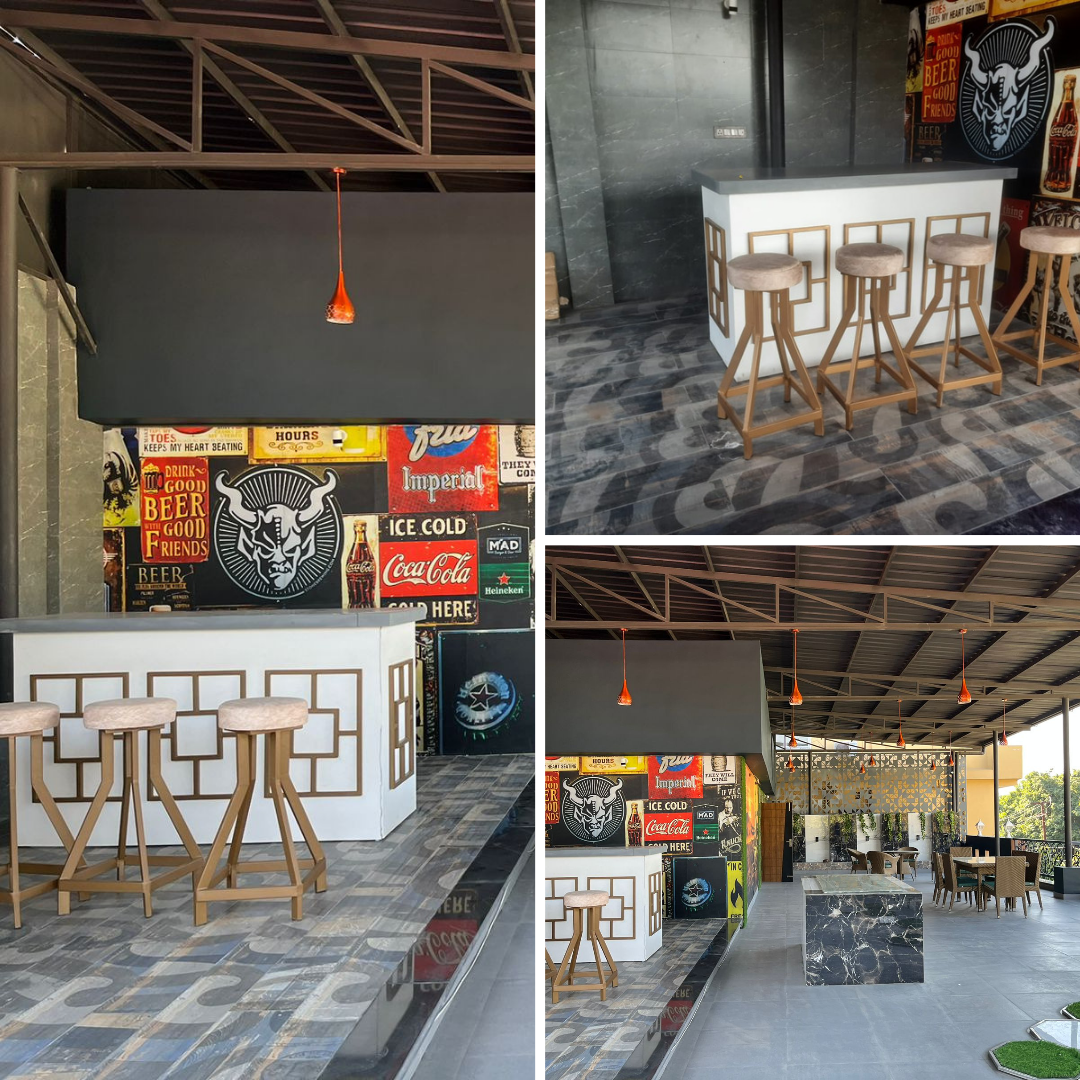A creative office layout is the way a workplace is designed to improve productivity, encourage collaboration, and make the environment enjoyable for employees. Instead of just having plain desks and chairs, a creative layout focuses on open spaces, flexible furniture, unique design themes, and functional areas.
Unlike traditional office setups, creative layouts are not only about looks; they also improve workflow, communication, and comfort. For startups, this is essential because a positive workspace can directly boost team performance.
For example, if your team is working on a collaborative project, having a large shared table instead of separate cubicles can encourage brainstorming and quicker decision-making.
Why Office Layout Matters for Startups
Startups often have limited budgets, so they might think office design is not a priority. However, the layout of your office can influence:
-
Employee Productivity – A good environment helps employees stay focused and creative.
-
Team Collaboration – An open and welcoming layout can make communication easier.
-
First Impressions – Clients visiting your office will form opinions based on what they see.
-
Company Culture – The design reflects your startup’s personality and values.
Studies have shown that work environments directly affect employee satisfaction and performance.
Benefits of a Creative Office Layout
Before we discuss ideas, it’s important to know why a creative office design can be a game-changer for startups.
-
Boosts Creativity – Colorful walls, flexible seating, and inspiring décor can encourage fresh ideas.
-
Encourages Collaboration – Open spaces and meeting zones make teamwork more natural.
-
Improves Morale – Comfortable furniture and good lighting create a positive atmosphere.
-
Makes Better Use of Space – Smart layouts maximize small office areas.
-
Supports Flexibility – Employees can choose where and how they work.
Creative Office Layout Ideas for Startups
Let’s explore some practical and creative ideas for designing your startup office.
1. Open Workspace Design
An open workspace removes traditional cubicles and walls, creating one big shared area. This encourages team members to interact more, share ideas, and work together.
Advantages:
-
Better communication among employees.
-
More space for movement.
-
Cost-effective for furniture and partitions.
Tip: To avoid noise distractions, you can add sound-absorbing panels or small private pods for focused work.
2. Flexible Furniture Layout
In a startup, teams often change their projects, roles, and needs. Flexible furniture such as movable desks, foldable chairs, and adjustable tables can be rearranged whenever required.
Advantages:
-
Easy to reconfigure for events or meetings.
-
Saves money on buying new furniture.
-
Supports both group and individual work.
3. Breakout Zones
Breakout zones are informal spaces where employees can relax, brainstorm, or have quick meetings. This can be a small lounge with beanbags, couches, or coffee tables.
Advantages:
-
Encourages creative thinking.
-
Reduces stress.
-
Builds stronger team relationships.
4. Hot Desking
Hot desking is a system where employees don’t have fixed desks. Instead, they can choose where to sit each day.
Advantages:
-
Saves space in small offices.
-
Encourages cross-department interactions.
-
Keeps the environment fresh and dynamic.
Note: It’s important to have good storage options like lockers so employees can keep their belongings safe.
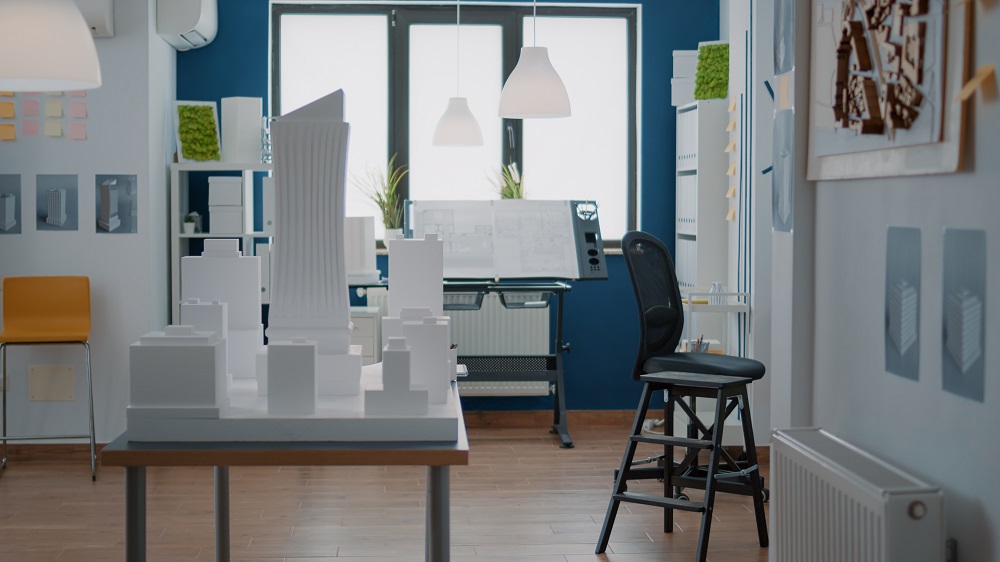
5. Collaborative Meeting Spaces
Instead of traditional meeting rooms with long tables, try creating collaborative spaces with round tables, whiteboards, and writable walls.
Advantages:
-
Encourages open discussion.
-
Allows quick brainstorming sessions.
-
More casual and less intimidating than formal meeting rooms.
6. Nature-Inspired Layouts
Adding plants, natural light, and earthy colors can make the office feel fresh and relaxing. This concept is also called biophilic design.
Advantages:
-
Improves air quality.
-
Reduces stress.
-
Boosts creativity and mood.
7. Themed Workspaces
If your startup has a fun or unique brand, you can reflect it in your office design. For example:
-
A tech startup could use futuristic décor.
-
A creative agency could have artistic murals.
-
A travel company could use maps and global décor.
Example Table: Comparing Office Layout Styles
| Layout Style | Space Required | Cost Level | Best For | Flexibility |
|---|---|---|---|---|
| Open Workspace | Medium | Low | Collaboration-focused startups | High |
| Flexible Furniture | Low | Medium | Fast-changing teams | High |
| Breakout Zones | Small | Low | Creativity and relaxation | Medium |
| Hot Desking | Low | Low | Space-saving needs | High |
| Themed Workspaces | Medium | Medium | Brand personality & creativity | Medium |
| Nature-Inspired | Medium | Low | Well-being and calm environments | Medium |
How to Choose the Right Layout for Your Startup
Choosing the right layout depends on:
-
Team Size – Smaller teams can use open layouts, while bigger teams may need mixed layouts.
-
Type of Work – Creative work may need more collaboration spaces, while technical work may need quiet zones.
-
Budget – Startups often have tight budgets, so focus on cost-effective yet functional options.
-
Brand Identity – The layout should match your company’s culture and values.
Tips for Implementing a Creative Office Layout
-
Involve Your Team – Ask employees what type of workspace helps them work best.
-
Use Natural Light – Place desks near windows to improve mood and productivity.
-
Plan for Growth – Leave space for new hires and future expansion.
-
Mix Work Zones – Combine quiet areas with collaboration zones.
-
Keep It Comfortable – Choose ergonomic chairs and desks to prevent health issues.
Also Read:
- What Is a Mood Board in Interior Design?
- What Is Modern Classic Interior Design?
- What is Green Interior Design?
- What Are the Different Materials Used for Interior Design?
- Is Interior Architecture the Same as Interior Design?
Conclusion
A creative office layout is more than just interior design—it’s about creating a work environment that inspires, motivates, and supports your team. For startups, this can be a valuable investment that pays off in productivity, teamwork, and company culture.
By using ideas like open workspaces, flexible furniture, breakout zones, and nature-inspired designs, you can create an office that employees love to work in. And remember, even with a small budget, smart planning can make a big difference in how your office feels and functions.
A well-designed startup office is not just a place to work—it’s a space where ideas are born and success begins.

